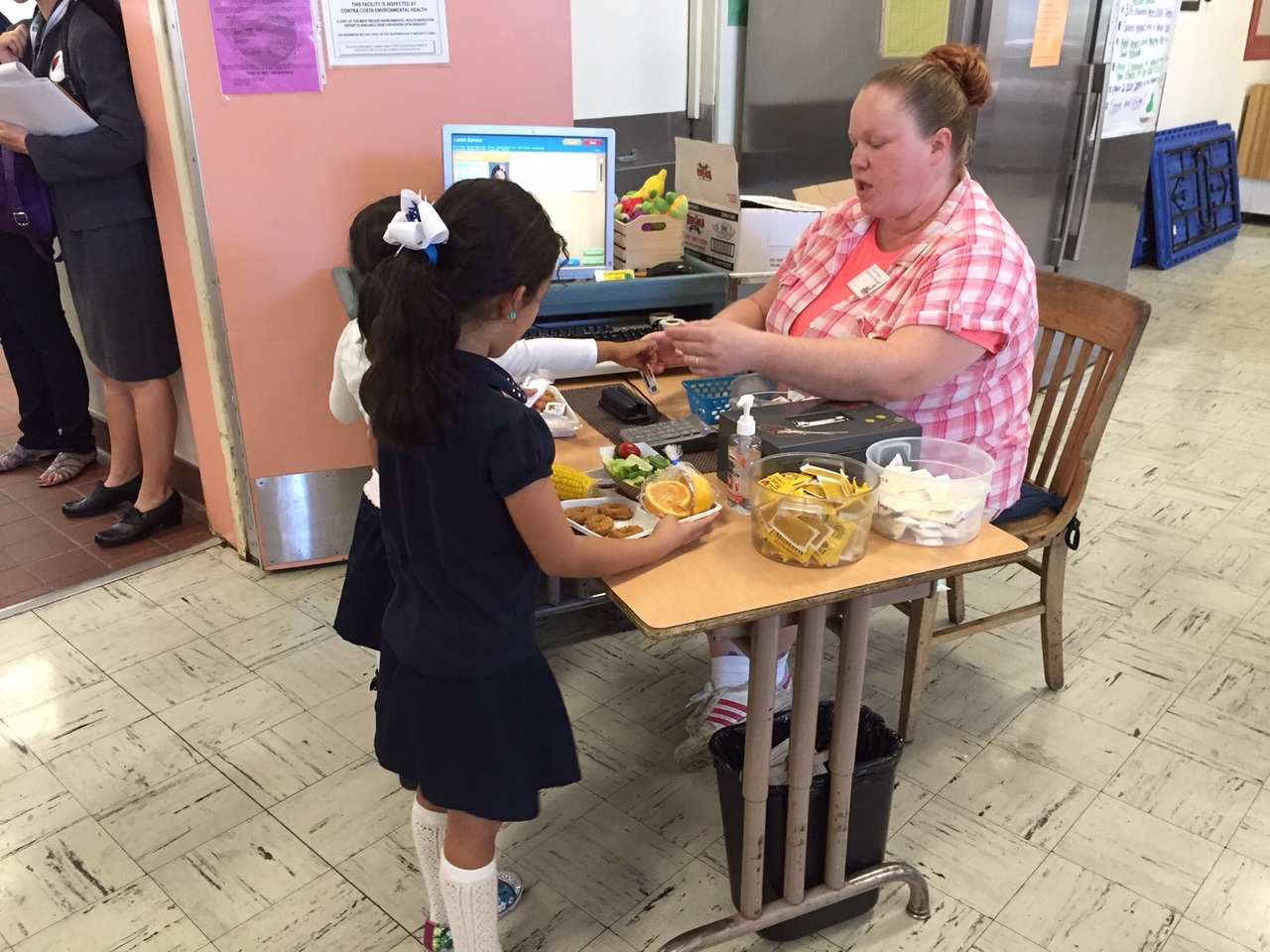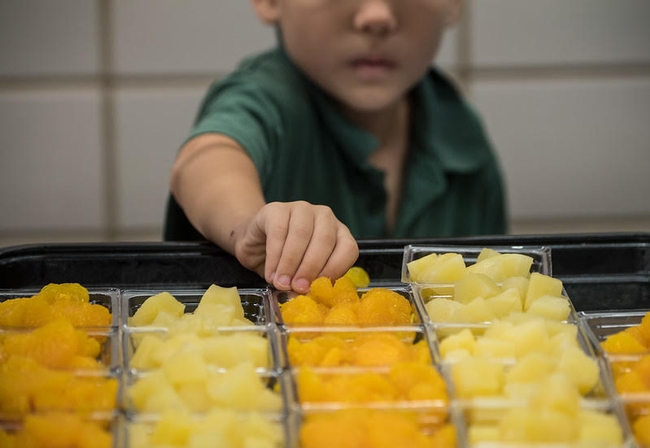Universal school meals have increased student participation and reduced stigma
Universal school meals aim to improve students' access to nutritionally balanced meals. Photo by USDA
The COVID-19 pandemic has exacerbated food and nutrition challenges. Many families first lost access to school and daycare meals, experienced unemployment or job cuts, and faced rising prices for food and other staples. need. National and state policies and programs provided food and cash assistance to mitigate impacts on food security. Researchers from the Nutrition Policy Institute, a University of California agriculture and natural resources research center, assessed the safety net policies put in place during the pandemic to better support low-income families in the states. -United.
Benefits of universal school meals
The National School Lunch Program and School Breakfast Program meet the nutritional needs of approximately 30 million K-12 students in the United States each day. Typically, students from families that meet the income eligibility criteria receive free or reduced-price school meals, while others pay full price.
NPI researchers Wendi Gosliner, project scientist, and Lorrene Ritchie, director and UC Cooperative Extension Specialist, are co-leading studies of school meals in California in collaboration with researchers from the NOURISH Lab for Health Inclusion Research and Practice, studying school lunches in Maine and other states.
During the COVID-19 pandemic, Congress funded free school meals for all students to address the dramatic increase in food insecurity among families with children following the schools closed in March 2020. This federal government's provision allowing free meals for all students ended after the 2021-2022 school year, but some states have opted to continue providing universal school meals with public funding , in recognition of the importance of these meals for the health and academic success of students.
California was the first state to adopt a statewide Universal Meals Program starting in the 2022-23 school year. To support the development of the program, $650 million has been invested to help schools improve kitchen infrastructure and provide training and technical assistance to staff. Investments include farm-to-school programs and other mechanisms to help update and improve school meals. Maine and several other states have also adopted universal school meals at least through the 2022-23 school year.
"States often act as incubators — things that work well in the states sometimes translate into federal policy," Gosliner said. Identifying the success of programs – and their challenges – can lead to improvements and help inform advocates and policy makers considering universal school meals policies at the state and national level.
Two of the team's research studies in California and Maine have documented the benefits and challenges of universal school meals, as reported by school food authorities. Of the 581 school meals managers in California who responded to the survey, nearly half (45.7%) reported a reduction in student stigma as a result of providing free school meals to all students. Among 43 Maine respondents, more than half (51%) reported reduced stigma associated with free school meals for all. In both studies, nearly three-quarters of respondents reported an increase in student meal attendance. These and other data suggest that universal school meals are achieving their goal of increasing study...


Universal school meals aim to improve students' access to nutritionally balanced meals. Photo by USDA
The COVID-19 pandemic has exacerbated food and nutrition challenges. Many families first lost access to school and daycare meals, experienced unemployment or job cuts, and faced rising prices for food and other staples. need. National and state policies and programs provided food and cash assistance to mitigate impacts on food security. Researchers from the Nutrition Policy Institute, a University of California agriculture and natural resources research center, assessed the safety net policies put in place during the pandemic to better support low-income families in the states. -United.
Benefits of universal school meals
The National School Lunch Program and School Breakfast Program meet the nutritional needs of approximately 30 million K-12 students in the United States each day. Typically, students from families that meet the income eligibility criteria receive free or reduced-price school meals, while others pay full price.
NPI researchers Wendi Gosliner, project scientist, and Lorrene Ritchie, director and UC Cooperative Extension Specialist, are co-leading studies of school meals in California in collaboration with researchers from the NOURISH Lab for Health Inclusion Research and Practice, studying school lunches in Maine and other states.
During the COVID-19 pandemic, Congress funded free school meals for all students to address the dramatic increase in food insecurity among families with children following the schools closed in March 2020. This federal government's provision allowing free meals for all students ended after the 2021-2022 school year, but some states have opted to continue providing universal school meals with public funding , in recognition of the importance of these meals for the health and academic success of students.
California was the first state to adopt a statewide Universal Meals Program starting in the 2022-23 school year. To support the development of the program, $650 million has been invested to help schools improve kitchen infrastructure and provide training and technical assistance to staff. Investments include farm-to-school programs and other mechanisms to help update and improve school meals. Maine and several other states have also adopted universal school meals at least through the 2022-23 school year.
"States often act as incubators — things that work well in the states sometimes translate into federal policy," Gosliner said. Identifying the success of programs – and their challenges – can lead to improvements and help inform advocates and policy makers considering universal school meals policies at the state and national level.
Two of the team's research studies in California and Maine have documented the benefits and challenges of universal school meals, as reported by school food authorities. Of the 581 school meals managers in California who responded to the survey, nearly half (45.7%) reported a reduction in student stigma as a result of providing free school meals to all students. Among 43 Maine respondents, more than half (51%) reported reduced stigma associated with free school meals for all. In both studies, nearly three-quarters of respondents reported an increase in student meal attendance. These and other data suggest that universal school meals are achieving their goal of increasing study...
What's Your Reaction?















![Three of ID's top PR executives quit ad firm Powerhouse [EXCLUSIVE]](https://variety.com/wp-content/uploads/2023/02/ID-PR-Logo.jpg?#)







